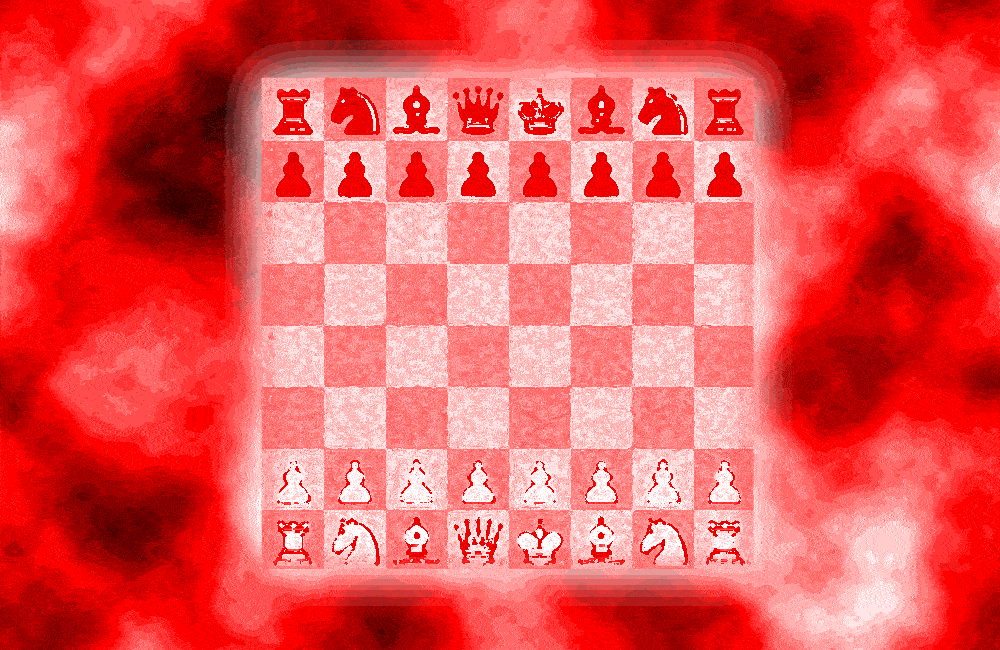[ad_1]
Working with a financial advisor has its benefits. These professionals can help you analyze your finances, define your goals and create a plan to reach them — whether it’s buying a house, paying for an education or retiring comfortably. Even better, you’re likely to feel less stressed about your finances when you seek financial advice from a professional.
See: 3 Things You Must Do When Your Savings Reach $50,000
When you start looking for a financial advisor, you’ll discover they have an array of titles and professional designations. You’ll also notice a number of advisors who say they are fiduciaries and may wonder what makes them different from other types of advisors who do not use the term. Read on to find out exactly what a fiduciary does and why understanding this term matters.
What’s the Difference Between a Fiduciary and a Financial Advisor?
Fiduciary and financial advisor are related terms, but they are not synonymous. Some fiduciaries are financial advisors, but the term also includes individuals who do not work in finance. It describes a relationship between someone who has the authority to make decisions for someone else. A financial advisor can be anyone who offers financial advice to others — and this person may or may not be a fiduciary. Here’s a closer look at how they compare.
Fiduciary
A fiduciary is a person who agrees to oversee property that belongs to someone else, and they do so on the other person’s behalf. For example, you may have a power of attorney that gives you the authority to access a parent’s bank account to pay bills when they are incapacitated. In that situation, you use the money to pay your parent’s bills and not your own. You also agree to keep accurate records of how you spend the money and make sure everything you do is in your parent’s best interest.
In finance, the term fiduciary refers to a financial advisor who puts the needs and interests of their clients first while managing their assets — even if it cuts into the advisor’s earnings. They agree to follow a code of ethics, which includes sharing with the client current or possible conflicts of interest and explaining how they make money. For example, an advisor who earns a commission for each insurance policy they sell must disclose this information to the client if they recommend the product because it’s in the client’s best interest. Failing to do so is a violation of the law and their code of ethics.
Financial Advisor
Financial advisor is a broader term that describes professionals who assist clients with decisions about investments, money management, financial goals and more. They may concentrate in an area like retirement planning or estate management. Some sell finance-related products like insurance, and others advise clients about taxes. A financial advisor who manages investments like stocks and bonds must have a license and register with the Securities and Exchange Commission.
The following titles can fall under the umbrella of financial advisor:
- Accountant
- Asset manager
- Broker
- Chartered financial analyst
- Financial planner
- Portfolio manager
- Wealth manager
How Do I Know If My Financial Advisor Is a Fiduciary?
The most direct way to find out if your financial advisor is a fiduciary is to ask them. Here are some questions to consider, according to a fact sheet from the U.S. Department of Labor Employee Benefits Security Administration:
- Do you consider yourself a fiduciary? If the answer is no, find out why. If the answer is yes, ask them to give you a written document stating they are a fiduciary and promising to let you know about potential conflicts of interest when they provide recommendations.
- How are you compensated? It’s helpful to know whether your advisor gets paid by a fee charged to you or a commission received from the products they sell to you. If the advisor receives a commission, you can ask for a list of the products and the percentage they get.
- Are you a licensed or registered investment advisor? You can check with the licensing agency to verify the advisor’s membership. Also, consider asking about disciplinary action or claims against the advisor from previous clients.
Another way to identify a fiduciary is through the titles the advisor has. An advisor with any of the following certifications belongs to an organization that expects its members to act in the client’s best interest:
- Accredited Investment Fiduciary (AIF)
- Certified Financial Planner (CFP)
- Chartered Alternative Investment Analyst (CAIA)
- Chartered Financial Analyst (CFA)
- Certified Financial Fiduciary (CFF)
Bottom Line: Should I Use a Fiduciary or Financial Advisor?
If you prefer the comfort of knowing the person helping you make financial decisions is working in your best interest, look for an advisor who is a fiduciary. When you find one, get an agreement in writing so you know exactly what to expect. A fiduciary standard is a standard of care, and it’s essential that you understand how often your advisor will be working in that capacity.
FAQ
- How does a fiduciary get paid?
- A fiduciary gets paid after providing a service for a client, and they can follow one of three compensation models: commission-based, fee-only, or commission and fee. Typically, fiduciaries choose a fee-only model because it has the lowest risk of conflicts of interest because the client pays them for a specific service. Most fiduciaries avoid a commission-based model because they benefit financially from the sale. Accepting a commission does not directly violate the fiduciary agreement because it’s possible that a particular product or investment is in the client’s best interest. However, it can create the illusion of a conflict of interest.
- What is the difference between fiduciary and suitability financial advisors?
- A suitability financial advisor follows the Financial Industry Regulatory Authority’s suitability rule. This means they agree to recommend products and strategies that are suitable for the client and do not have to ensure they are in the client’s best interest. Unlike a fiduciary advisor, a broker following the suitability rule does not have to share with the client conflicts of interest. This means they can recommend products they receive a commission from as long as they believe it will be a good option for the client.
More on Financial Advisors
[ad_2]
Source link



